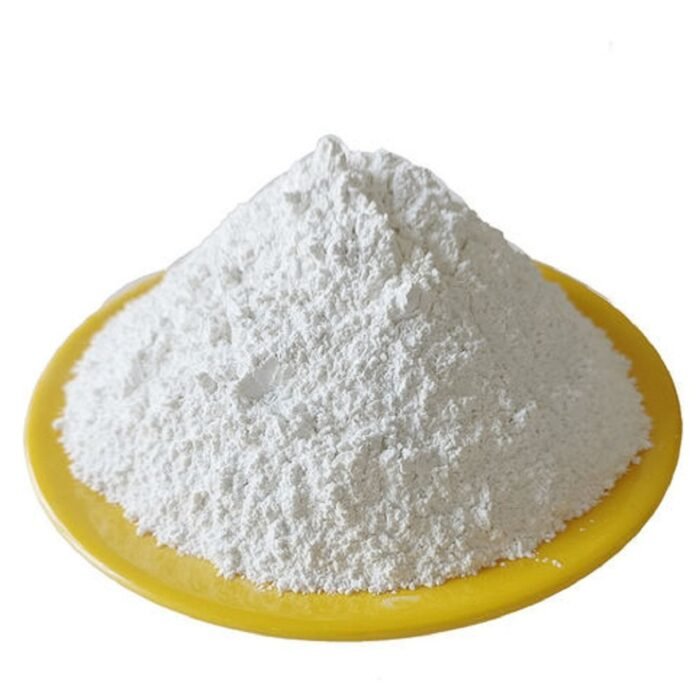Calcium carbonate is a versatile compound found in various everyday items. This natural substance is not only safe for use but also offers numerous benefits. Understanding how calcium carbonate is utilized can help us appreciate the many products we encounter daily. Here are three common items made from calcium carbonate.
1. Toothpaste
One of the most familiar uses of calcium carbonate is in toothpaste. This compound acts as an abrasive agent that helps remove plaque and food particles from teeth. When we brush our teeth, the fine particles of calcium carbonate gently scrub the enamel, ensuring a thorough clean without causing damage.
In addition to its cleaning properties, calcium carbonate also contributes to the overall effectiveness of toothpaste. It helps to neutralize acids in the mouth, which can lead to tooth decay. By incorporating calcium carbonate into toothpaste formulations, manufacturers ensure that their products promote better oral health.
Finding high-quality toothpaste with this ingredient can be important, as it offers benefits not only for cleaning but also for maintaining a healthy mouth. Many toothpaste manufacturers focus on utilizing safe and effective ingredients, and calcium carbonate is often a key component in their products.
2. Antacids
Calcium carbonate is widely recognized for its role in antacids. These over-the-counter medications help relieve heartburn, acid indigestion, and upset stomach. When ingested, calcium carbonate reacts with stomach acid to neutralize it, providing quick relief from discomfort.
Many antacid products rely on calcium carbonate due to its effectiveness and rapid action. It works by increasing the pH level in the stomach, which helps alleviate symptoms of acid reflux. This makes it a popular choice among individuals seeking a fast and effective solution for their digestive issues.
Additionally, calcium carbonate also provides a supplementary source of calcium, which is essential for bone health. For those who struggle to meet their calcium requirements through diet alone, antacids that contain calcium carbonate can serve a dual purpose—relieving symptoms while contributing to overall nutritional needs.
3. Chalk
Chalk is another common item made from calcium carbonate. Traditionally used for writing on blackboards, chalk has a wide range of applications in education and art. It is an affordable and easily accessible material, making it a staple in classrooms around the world.
Beyond its use in educational settings, chalk is also employed in various industrial applications. For example, it is utilized in the production of lime and as a filler in paint and plastic manufacturing. The whiteness and brightness of calcium carbonate make it an excellent choice for creating products that require a clean and vibrant finish.
Moreover, chalk is often favored in sports, particularly in activities like gymnastics and rock climbing. Athletes use chalk to improve their grip by reducing moisture on their hands. This simple yet effective application demonstrates the versatility of calcium carbonate in both everyday and specialized uses.
Conclusion
Calcium carbonate plays a crucial role in many everyday items we often take for granted. From toothpaste and antacids to chalk, this compound contributes significantly to our daily lives. As consumers, understanding the various applications of calcium carbonate can help us make informed choices about the products we use.
In India, numerous calcium carbonate manufacturers produce high-quality products that cater to diverse needs. Whether it’s for oral care, digestive health, or industrial applications, the impact of calcium carbonate is far-reaching. By recognizing its importance, we can better appreciate the everyday items that rely on this remarkable compound.


